- NEW DVD Series – Stone Setting with Bezels
- Tube Set Charm by Kim St. Jean
- Prong Basket Pendant by Kim St. Jean
- NEW DVD Series – Stone Setting with Cold Connections
- New DVD Series – Stone Setting with Wire
- NEW DVD Series: Introduction to Stone Setting by Kim St. Jean
- Featured Tool: Bracelet Bending Plier
- NEW Dvd by Eva Sherman
- Fun, Fast Fold Forming DVD Series
- Double Band Ear Cuff from Alex Simkin
What is Rolled Gold Wire?
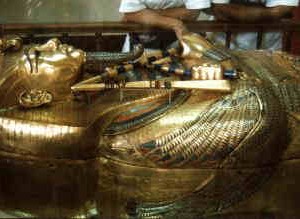
Daily Wire Jewelry Making Resource
December 5, 2014
What is Rolled Gold Wire?
Every time I look through our Blog, I find new and interesting articles that I think might be helpful to re-post. This one originally came as a question from a subscriber. I’ve put the original question below, as well as a complete answer from two separate followups. I hope you find it helpful!
Question:
What is rolled gold wire? Does it hold up better than any of the products Ive used before or does it fade like gold plate? Eventually, I’d like to start working with real gold, but that’s not going to be for a long time. Should I just go for the gold filled wire instead?
Answer:
You’ve probably heard the terms “gold plated,” “gold filled,” and “rolled gold” around the wire jewelry world, and to be sure you’re telling your customers the value of the pieces you make using gold-filled wire, let’s get familiar with each of these terms. With the price of gold, gold filled wire is a wonderful way for you to bring a real, beautiful golden glow to your friends’ jewelry collection, without the staggering price of a solid gold piece.
Origins of Rolled Gold and Gold Filled:
In ancient times, gold wire was literally created by rolling: in Ancient Egypt, gold was hammered in to thin, thin sheets, then rolled into a tight or hollow tube, then shaped to create wire jewelry. Over time, however, this rolled gold became “filled” with a base metal, such as brass, thus gold filled with brass.
The death mask of Tutankhamen, perhaps the finest example of goldsmithing to survive from ancient Egypt, and incedentially an outstanding example of portrate sculpture, was made from sheet gold.
Perhaps the most impressive piece found in Tutankhamun’s tomb is not the mask, although that is the most well known. The kings gold inner coffin, shown above, displays a quality of workmanship and an attention to detail which is unsurpassed. The coffin is made of solid gold. It is 74″ long, 20″ wide and 20″ high. The king is shown as Osiris holding the crook and flail, traditional symbols of kingship.
Modern Techniques:
The modern gold filled wire and sheet metal technique was discovered in 1817 by John Turner, an Englishman, who patented his discovery. This form of gold roared into fashion in the decadent early Victorian Era, but there were no standards yet as to quality or thickness of the gold layer: the line between plated and the thick layer of “gold filled” was fuzzy.
Victorian pendant/brooch made of red and yellow gold which tests as 10K. Courtesy of Milky Way Jewels.
Victoria’s son, Edward, became king in 1901, and fashion changed to favor light, delicate, subdued jewelry in the Art Nouveau and Arts & Crafts movements. Rolled gold jewelry gave way to delicate filigree. However, gold plated pieces weren’t out of favor long: with World War I consuming resources such as the then-popular platinum, silver, and of course gold, rolled gold came back into style in the late 1930s. Now this style was called “gold filled,” and finally began to be regulated. This was the process of fusing the gold to the base metal underneath, preventing flaking.
A few key points about Gold wire:
- In the United States, the Federal Trade Commission sets the definition as to the quality of gold-filled. For example, if an item is stamped 10KGF the gold must be no less than 1/10 of the item’s weight, and 12KGF = 1/20.
- In Europe, ‘gold-filled’ is called ‘rolled gold’. In all gold-filled wire scenarios, everything that is seen or that will touch the skin is karat gold. The gold layer on gold-filled wire will not chip off or wash off. If a person were to wear a 14/20 gold-filled piece of jewelry every day continuously, the gold would last from 5 to 30 years!
- Rolled gold ‘plate’ however, is just as it is called: plated.
- When a base metal is coated with a thin layer of gold via electrolysis it has been ‘plated’.
- If the base metal used is sterling silver and 18K gold is bonded to it, it is called Vermeil. Gold plate will wear off quite quickly, and the base metal below will tarnish.
- 14k gold-filled items have 50 to 100,000 times more gold than regular gold plating, depending on the manufacturer, and 17 to 25,000 times thicker than heavy gold electroplated items.
Gold and Karats:
And what does karat mean again? Pure gold is called 24 karat, but pure gold is so soft, metallurgists add metals to gold to make it more durable – but these additives can also change the color of the gold.
If copper is added, the gold has a yellow or red (rose) tint to it. If zinc is added, the gold becomes white. Gold can have a green tint if an alloy of zinc and silver is added!
Anything less than 24kt is an abbreviation for what has been done to enrich the gold. 12kt means that there are 12 parts pure gold by weight, and 12 parts other metals. 14kt indicates 14 parts pure gold and 10 parts other metals.
Wire and Wire-Sculpture.com:
At the heart of your wire sculptures is wire itself! We’re proud to supply you with base metal wire and alloys for the strongest, most durable metal for your wire art. You know you’ll have the highest quality wire, the perfect fit for your project, when you order from us.
I hope you’ve learned a little something today about Gold wire and it’s origins! Take a few minutes and browse our wire selection and I’m sure you’ll find everything you need for your next project!
Happy Wrapping!
![]()
Answer contributed by Dale “Cougar” Armstrong and Rose Marion






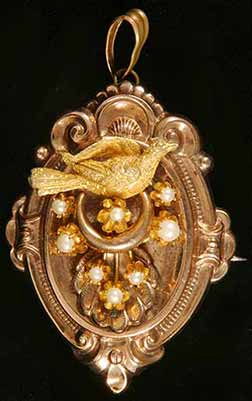
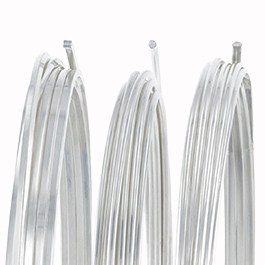
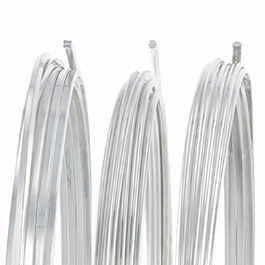
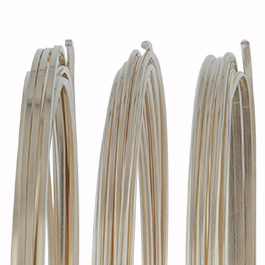
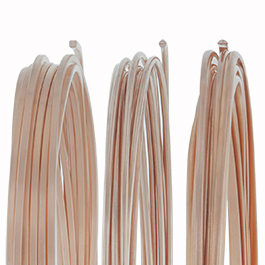
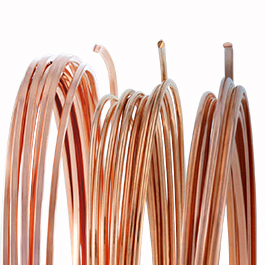
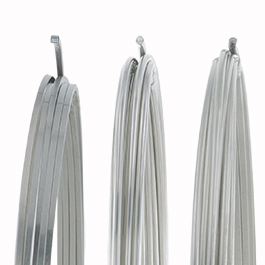
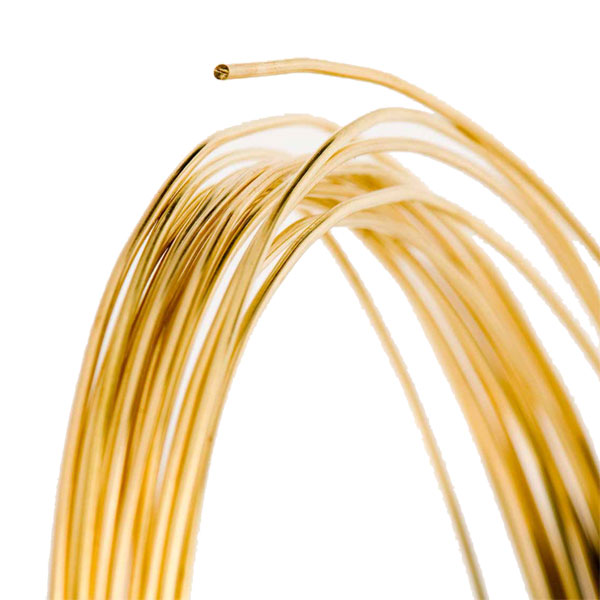
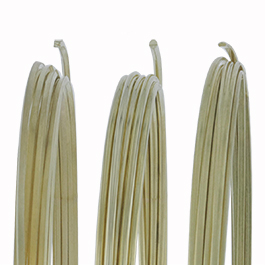
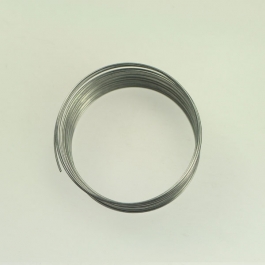
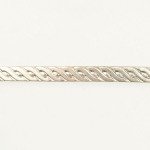
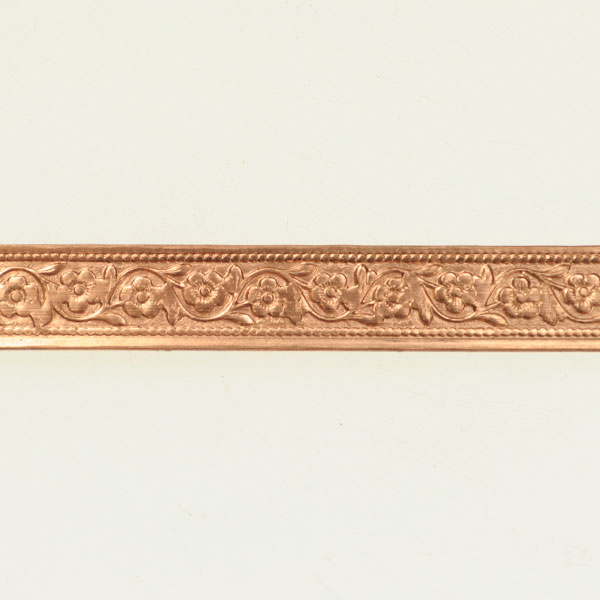

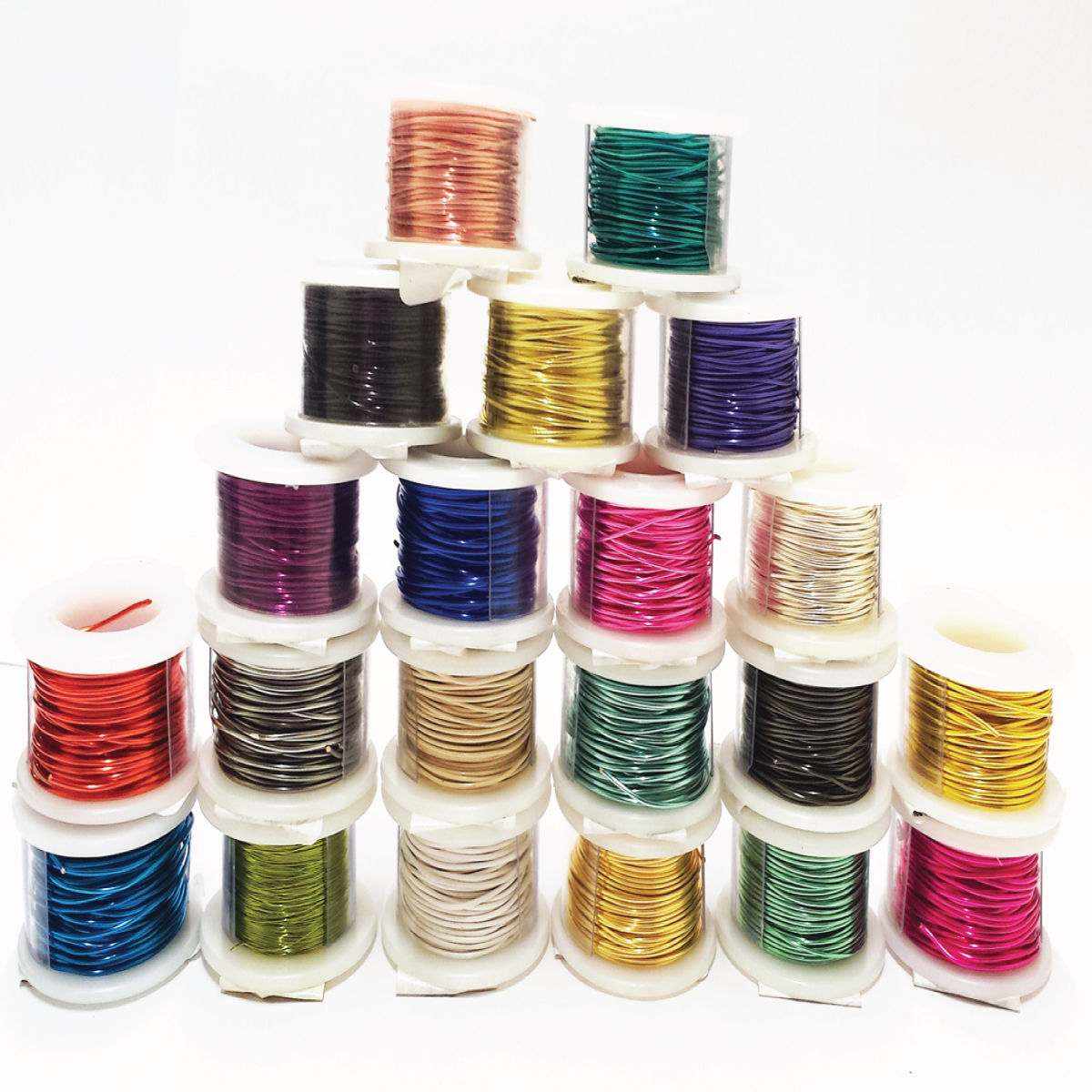
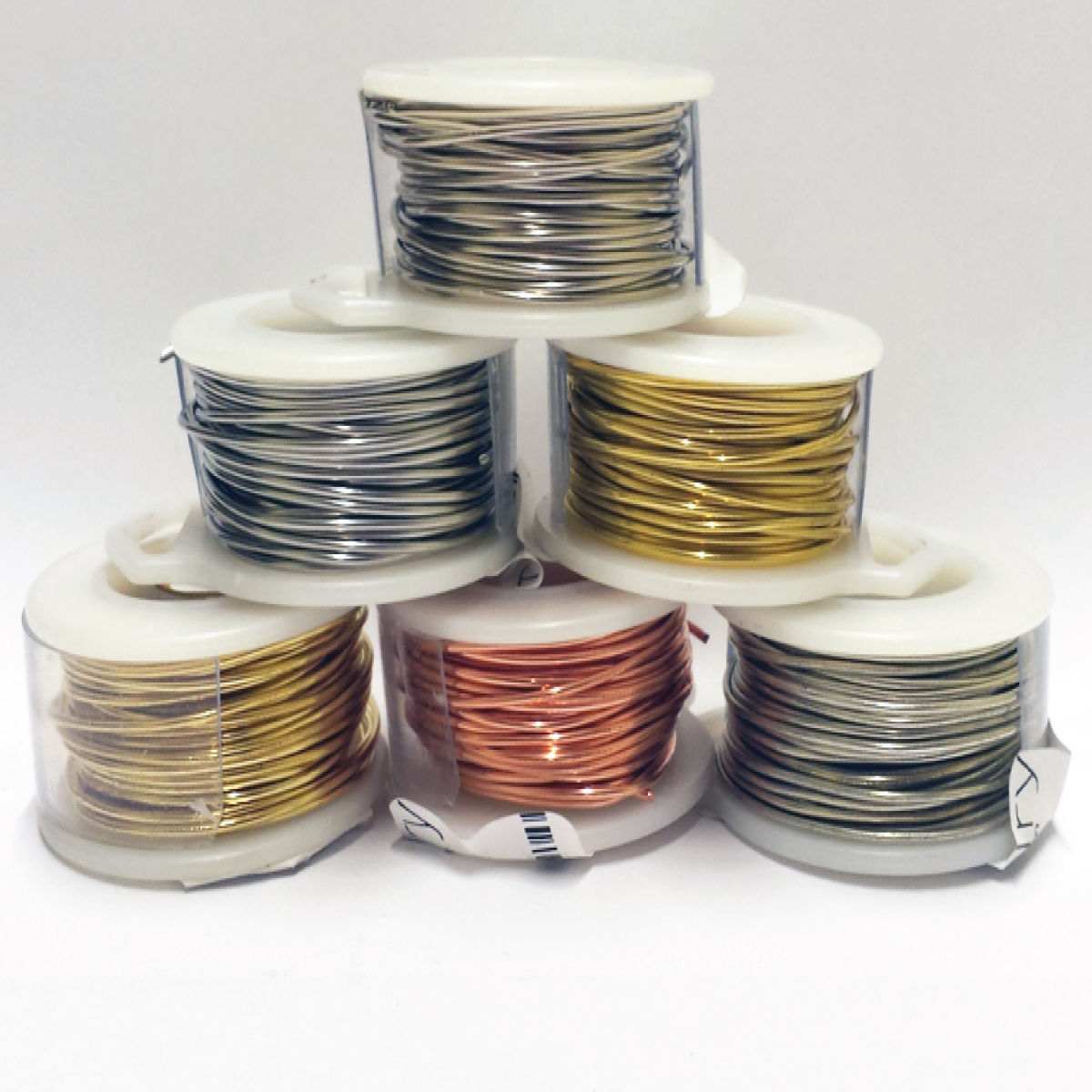
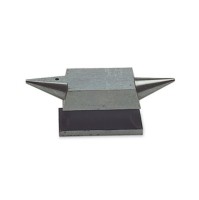
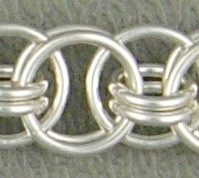
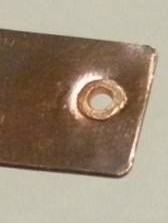















Ann Cassler
December 5, 2014 at 8:00 am
That was very interesting about gold. I have another question about gold colored wire used for jewelry. I was at the Limited the other day and noticed their gold colored jewelry was bright and shiny (for the time being) yet all the gold colored wire I have seen in stores is not as bright. As a matter of fact, 26 and 30 gauges look almost greenish. The salesperson at Limited was no help, all she knew is it wasn’t real gold. I know their jewelry eventually loses some of its shine over time but at least it starts out looking bright. I’m not ready to start working with real gold yet but I was wondering if you knew what kind of “not real gold” they use.
Thanks for the help. I enjoy your emails and tips.
Merja Pietilä
December 6, 2014 at 5:02 am
Many thanks for a very informative article! As a newbie I haven’t been sure of the difference between gold plated and gold filled wire/plate so this article was ever so helpful for me and enjoyable as well. I do appreciate your website with so many instructions and tips!